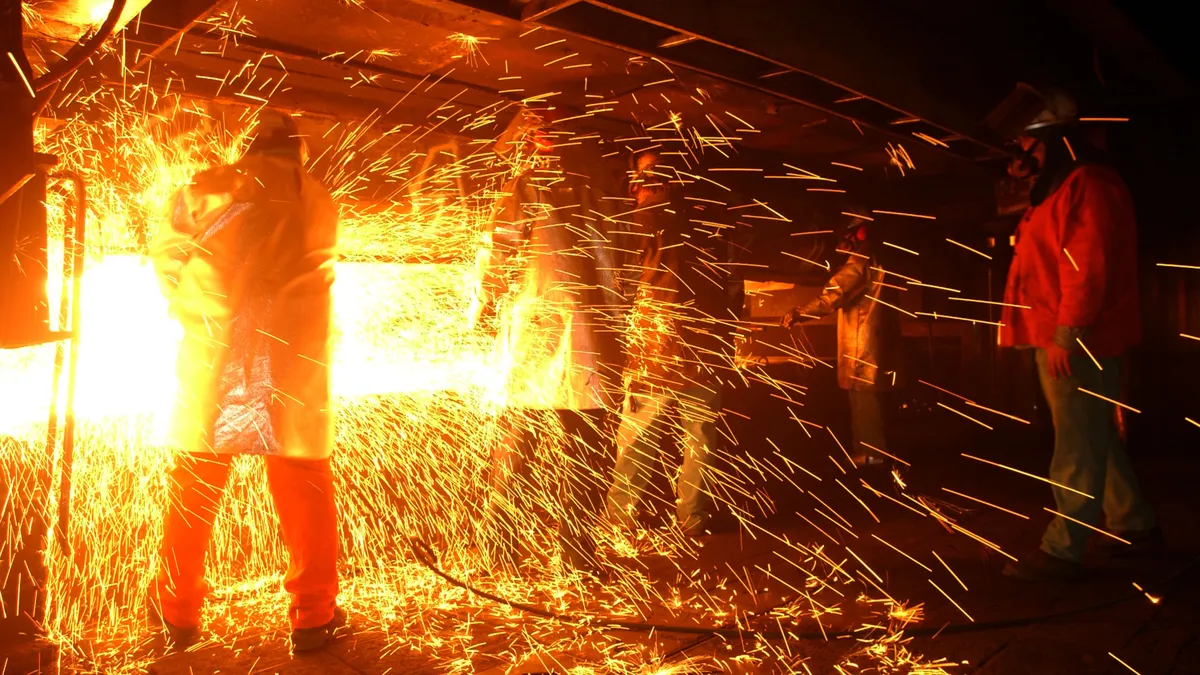Tariffs on products from China in many cases reduced imports, raised prices and increased domestic production, according to a recent 315-page report from the U.S. International Trade Commission.
The USITC studied the effects of Section 232 on steel and aluminum from China as well as Section 301 tariffs on scores of other imports from the country. The added duties date back to 2018, when they were introduced by the Trump Administration as it took an aggressive stance against China’s industrial and trade policies.
USITC said it used specialized economic models to parse out the specific effects of the tariffs from other factors that have affected industries and supply chains over their duration, most notably the disruptions of the COVID-19 pandemic.
The agency’s major findings of the tariffs’ impacts from 2018 to 2021 include:
- Steel imports covered by the tariffs fell by 24% average, while U.S. production volume increased 1.9% and prices rose 2.4%
- Covered aluminum imports fell by 31.1% on average, while U.S. production volume increased 3.6% and prices rose 1.6%.
- Across the many sectors covered by the Section 301 tariffs, imports from China fell by 13% on average while the value of domestic production rose an average of 0.4%.
- The value of cut-and-sew apparel imports from China fell 39.1% while the value of U.S. production rose 6.3%.
- The value of semiconductor imports and other electronic components from China fell 72.3% while the value of domestic production increased 6.4%.
- Furniture and kitchen cabinet imports fell 25.4% by value and domestic production value increased 7.5%.
- Vehicle parts imports fell 50.1% by value and U.S. production value increased 3%.
While the U.S. steel and aluminum industries benefited from more production and higher prices, the effects were “largely negative” on downstream manufacturers purchasing the metals as inputs, though the precise effects varied by industry, according to USITC.
Overall, production for those industries downstream from steel and aluminum production — which include various machine and tool manufacturers and other producers — fell by nearly 3%, and by as much as $469 million in some industries.
Likewise, USITC received mostly negative comments from those who relied on products covered by the Section 301 tariffs as inputs, the agency said.
A recent study from a group of industry organizations found that tariffs created $1 billion in direct costs annually for both apparel and furniture imports, as well as nearly $800 million in 2022 for travel goods and over $450 million in 2022 for footwear.
The Biden Administration has kept the tariffs in place and has signaled it will continue to do so for the foreseeable future. Further action may come under Biden’s 2023 trade agenda.
“We are also considering all existing tools — and will potentially seek new ones as needed — to combat the harms of China’s state-led, non-market practices,” the U.S. Trade Representative said in the administration’s latest report on trade policy.














